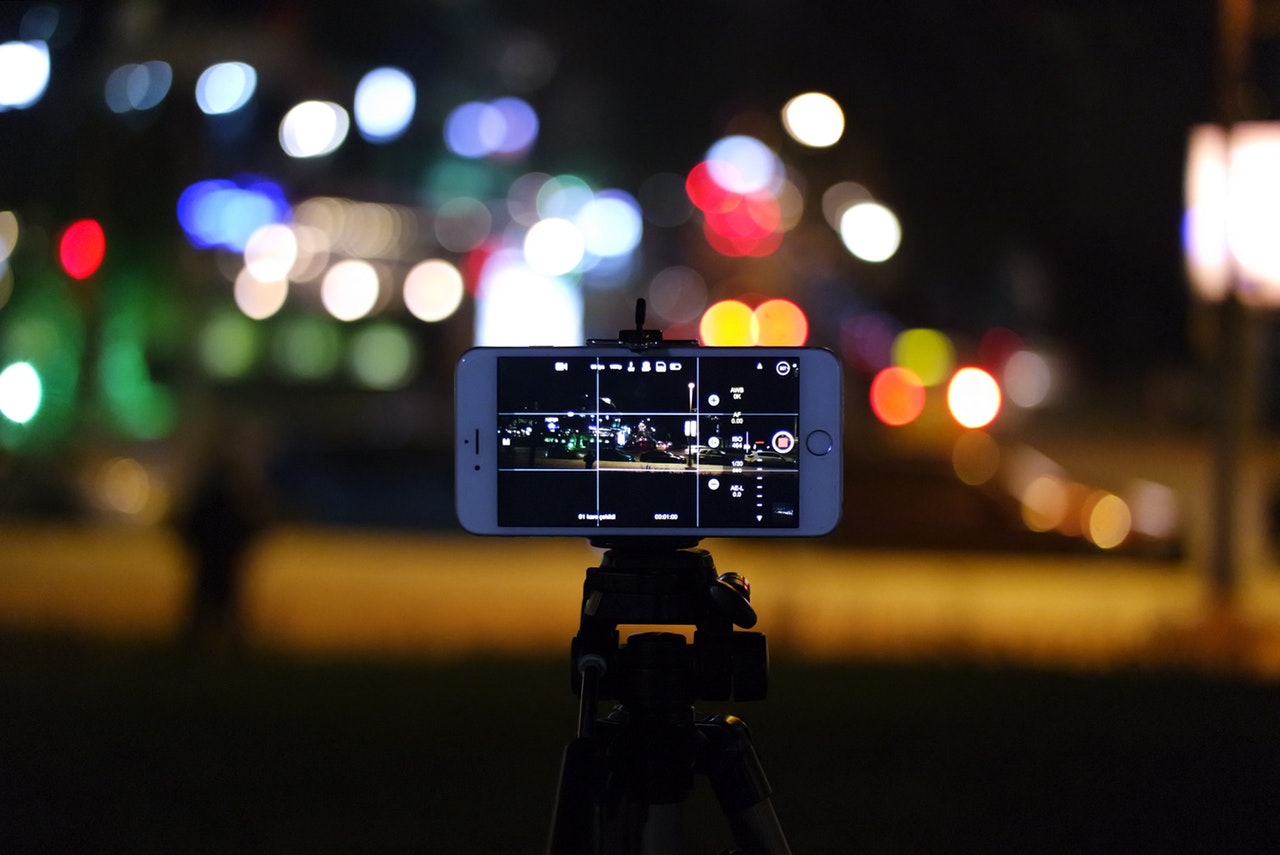A lot of our stories of late have focused on how smartphones are helping to grow photography as a field and how much of an impact the tech being developed for those devices impact the rest of the industry.
Largely the democratizing effect that smartphones have had on photography is something many people praise. After all, more photos are taken on a per annum basis now than at any time in human history. And while quantity does not promise quality it certainly gives us all a broader selection of work to draw from when it comes time for inspiration.

But what if all of this access and ubiquity is a bad thing?
German filmmaker and photographer Wim Wenders recently decried the invasion of smartphones into photography, saying the field “is more dead than ever” because of this influx.
Speaking with the BBC News while viewing his Polaroid exhibition, oddly enough, Wenders explained his position by pointing to the relative ephemerality of smartphone photos, “The trouble with iPhone pictures is nobody sees them. Even the people who take them don’t look at them anymore, and they certainly don’t make prints.”
Wender also decries the myriad of filters and features on tap in most smartphones, saying that scarcity breeds creativity in a statement veiled as fact but firmly rooted in one man’s opinion. Wenders goes so far as to say that smartphone photography needs a new name because, though it looks like photography, it is something different entirely.
Sadly, if this argument were applied to other fields we should conclude that increasing rates of literacy among a general population necessarily leads to a decline in the quality of written literature by authors or that the more doctors present in a given population must of necessity mean that medical care is of a lesser nature due to its ubiquity.
Again, since we’re all offering opinions here, Wenders makes a point when it comes to the transient nature of modern media but this is perhaps less the fault of photography and more the consequence of devices like smartphones making all media, from film to television to photography, consumable in virtually unlimited quantities – but honestly is this all such a bad thing? The same moral hand-wringing around advances in technology has been seen before, and dare we say will be seen again.
One thing is certain, the trend shows no sign of reversing anytime in the near future and, if anything, should increase as time moves forward. Smartphones will continue to get better tech, Instagram will become even larger until it is irrelevant, and photos and video messaging will continue to be popular so long as the tech makes sense to use.
Bemoaning the entry of so many into the field of photography is to ignore the great opportunity this growth represents for the field as a whole and the increased opportunities for another Ansel Adams or Dorothea Lange among the sea of newcomers.





5 Comments
I see it as being less about an image being created by a smartphone camera, and more about the proliferation, (worldwide), of the human need for attention via social media. It’s this need for attention that causes many people to constantly upload photographs that really have no artistic merit or even any personal meaning. This is especially true on Instagram. Now, EyeEm… creativity abounds from the smartphone camera. However, nobody knows about it. Maybe, that’s a good thing.
Also, as a side note, whenever I mention a story like this to someone say… under the age of 35. They laugh hysterically. They always respond with something like, “Yeah. Look at Wim Wenders! He’s like a hundred years old. No wonder he doesn’t like these changes. As an older person, I can appreciate their point. Things are changing so rapidly now. When I began in photography in 1974. A major change relating to photography likely occurred about every 10 years. In the late 80s, as a working professional, I was using Nikon F2 cameras from the early 1970s and Hasselblad cameras from the early 1960s. New camera technology is introduced- what? About every 4 to 6 months? Maybe even faster than that.
Some things never change and one of those which is an absolute perennial is the “old guard’s & those with a vested interest” lack of appreciation regarding change. Whilst many cell phone images may not have the technical or artistic merit which *real* photographers value they do meet the demands / needs of a large part of society – whether any one views them or not. In 1964 Bob Dylan released ‘Times they are a changin’ – the message is equally true today as it was 54 yerars ago.
devaluation of everything visual: if there’s nothing left you haven’t seen before, where does that leave imagination?
Wim Wenders is Dutch and he is right.